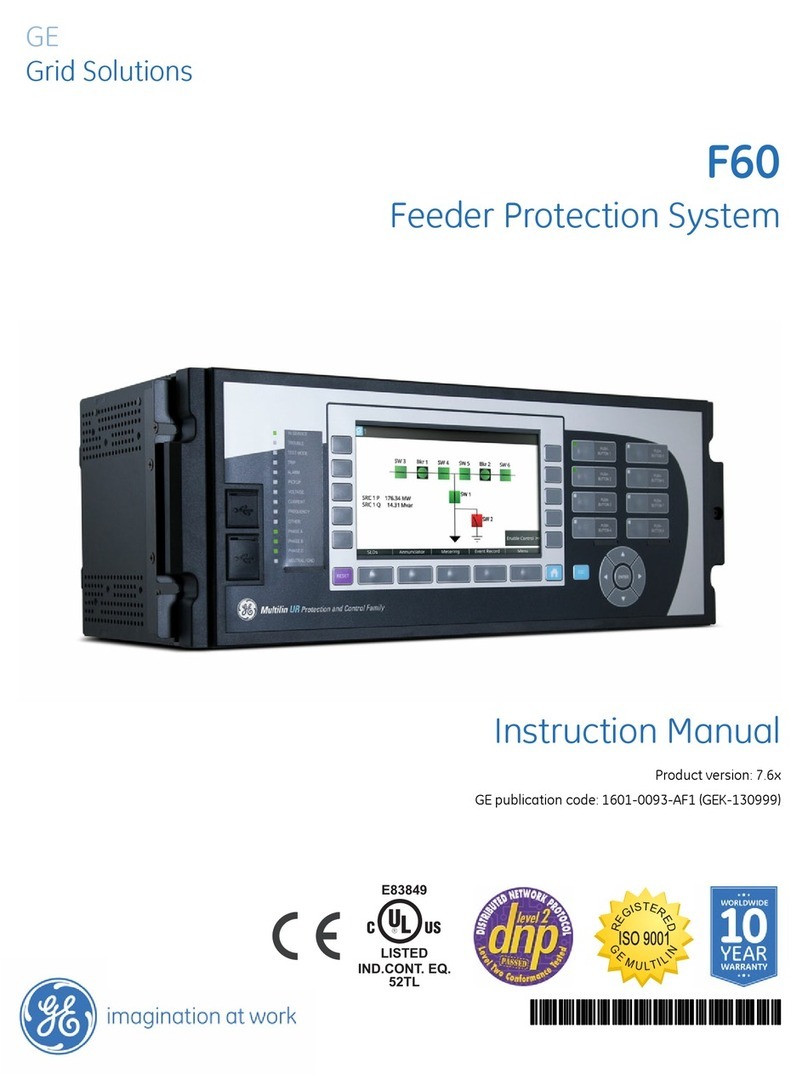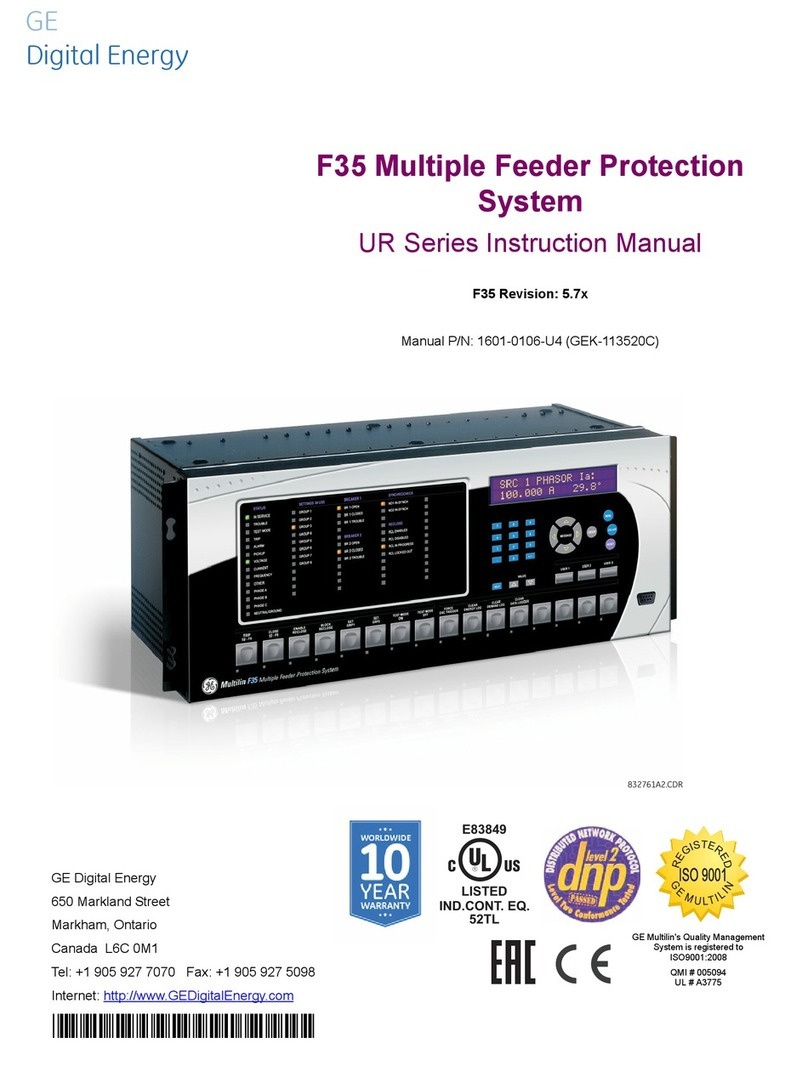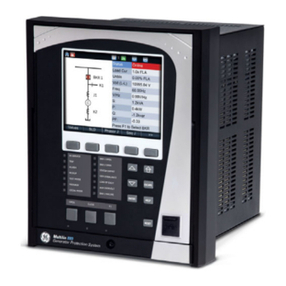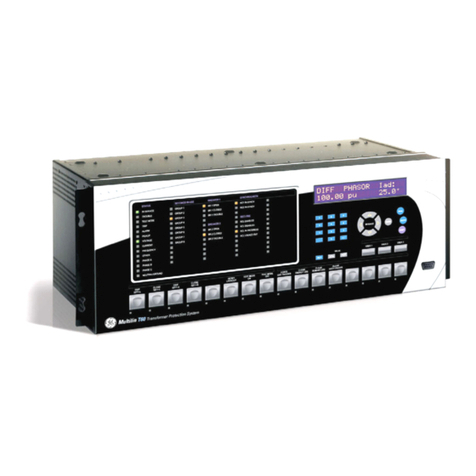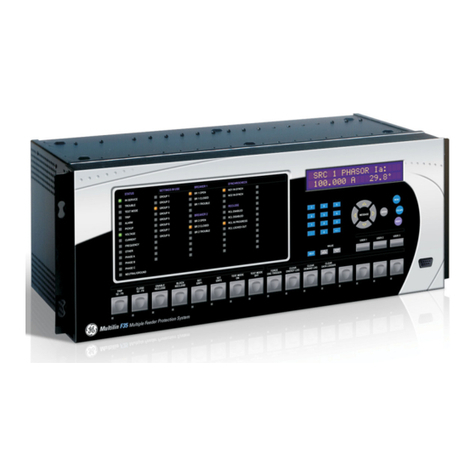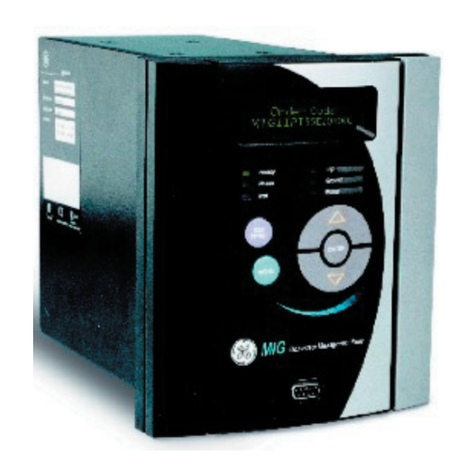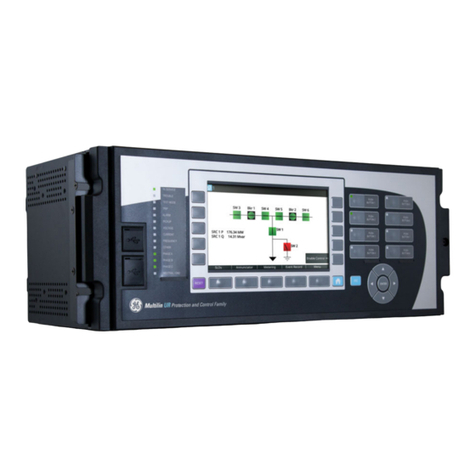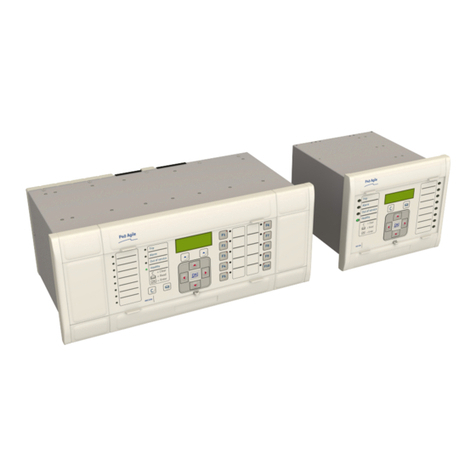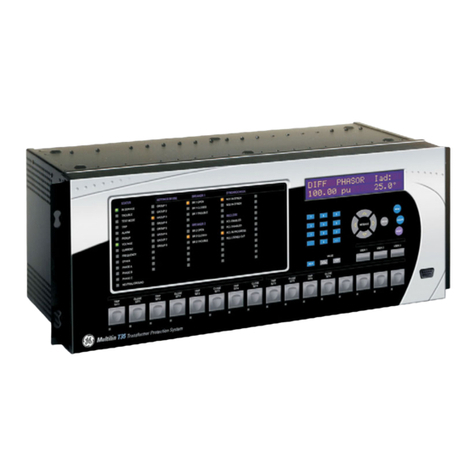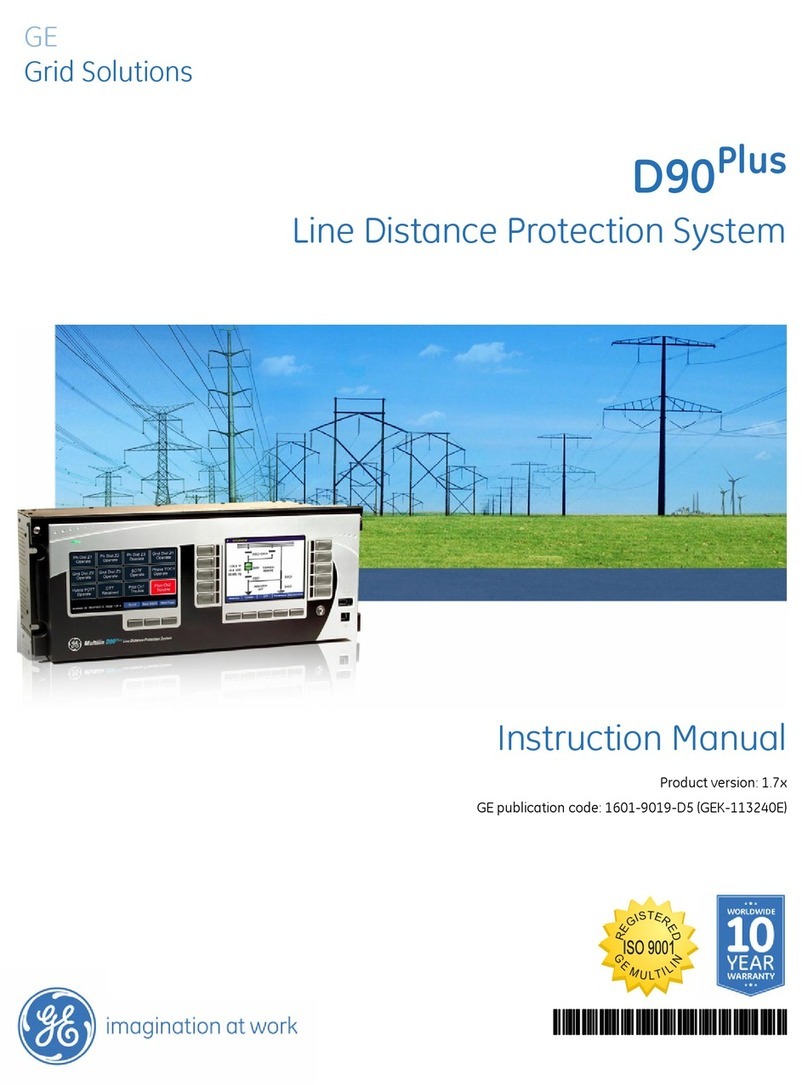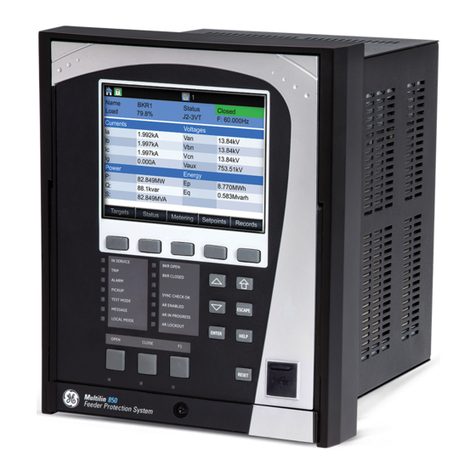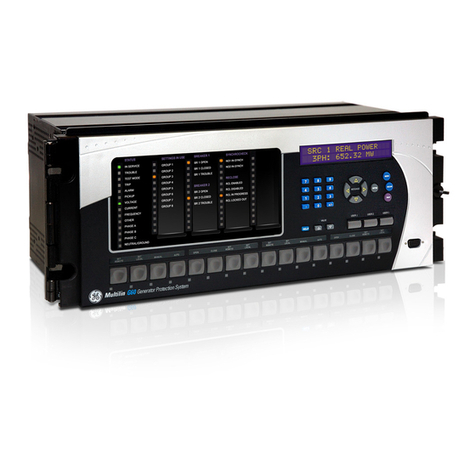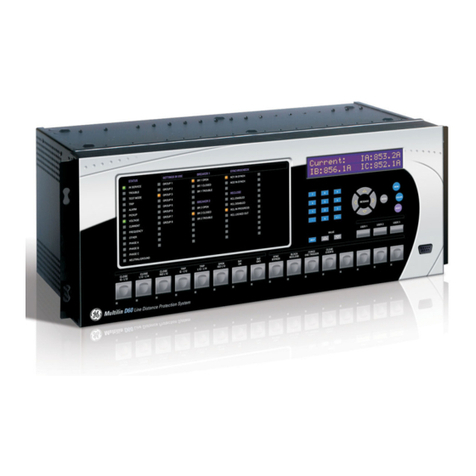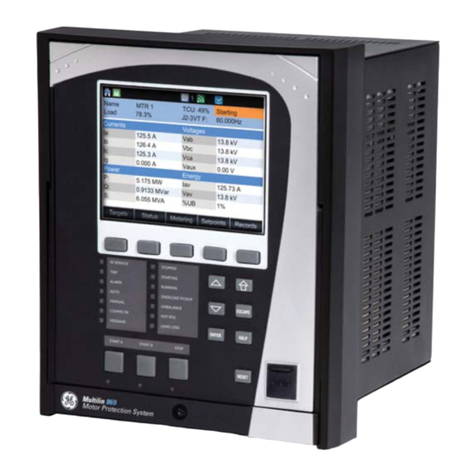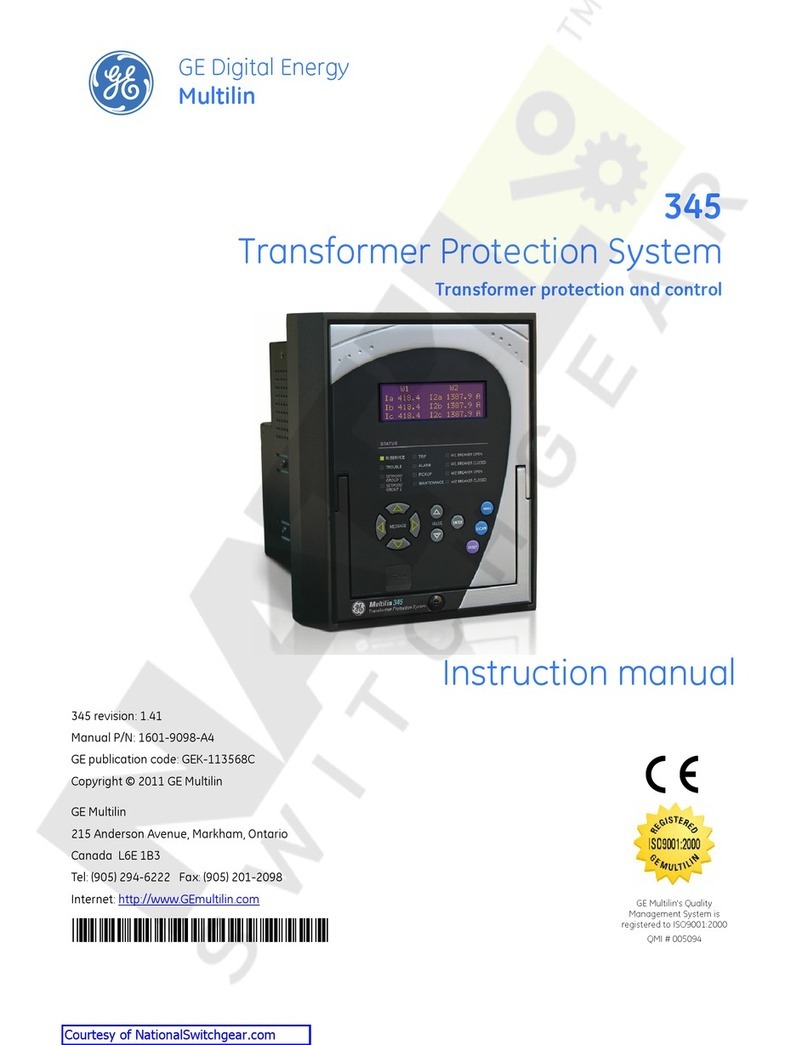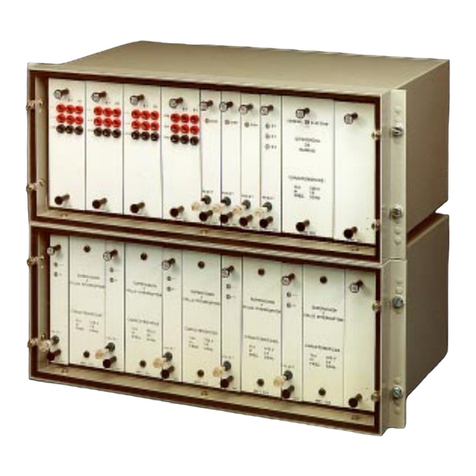
vi M60 MOTOR PROTECTION SYSTEM – INSTRUCTION MANUAL
TABLE OF CONTENTS
5.8 Control elements ..........................................................................................5-230
5.8.1 Overview ............................................................................................................................... 5-230
5.8.2 Trip bus .................................................................................................................................. 5-230
5.8.3 Setting groups .................................................................................................................... 5-232
5.8.4 Selector switch................................................................................................................... 5-233
5.8.5 Underfrequency................................................................................................................. 5-239
5.8.6 Overfrequency.................................................................................................................... 5-240
5.8.7 Motor start supervision.................................................................................................. 5-241
5.8.8 Reduced voltage starting.............................................................................................. 5-243
5.8.9 Digital elements................................................................................................................. 5-245
5.8.10 Digital counters.................................................................................................................. 5-248
5.8.11 Monitoring elements .......................................................................................................5-250
5.9 Inputs/outputs ..............................................................................................5-260
5.9.1 Contact inputs.................................................................................................................... 5-260
5.9.2 Virtual inputs....................................................................................................................... 5-262
5.9.3 Contact outputs................................................................................................................. 5-262
5.9.4 Virtual outputs.................................................................................................................... 5-265
5.9.5 Resetting ............................................................................................................................... 5-266
5.9.6 Direct inputs and outputs ............................................................................................. 5-266
5.9.7 Teleprotection..................................................................................................................... 5-270
5.10 Transducer inputs/outputs.........................................................................5-272
5.10.1 DCmA inputs ....................................................................................................................... 5-272
5.10.2 RTD inputs ............................................................................................................................ 5-272
5.10.3 RRTD inputs.......................................................................................................................... 5-275
5.10.4 DCmA outputs .................................................................................................................... 5-278
5.11 Testing............................................................................................................5-282
5.11.1 Test mode function .......................................................................................................... 5-282
5.11.2 Test mode forcing............................................................................................................. 5-282
5.11.3 Force contact inputs ....................................................................................................... 5-283
5.11.4 Force contact outputs .................................................................................................... 5-283
6 ACTUAL VALUES 6.1 Actual Values menu .........................................................................................6-1
6.2 Status..................................................................................................................6-3
6.2.1 Motor ............................................................................................................................................6-3
6.2.2 Contact inputs..........................................................................................................................6-4
6.2.3 Virtual inputs.............................................................................................................................6-4
6.2.4 RxGOOSE boolean inputs ....................................................................................................6-4
6.2.5 RxGOOSE DPS inputs.............................................................................................................6-4
6.2.6 Teleprotection inputs ............................................................................................................6-5
6.2.7 Contact outputs.......................................................................................................................6-5
6.2.8 Virtual outputs..........................................................................................................................6-5
6.2.9 RxGOOSE status.......................................................................................................................6-6
6.2.10 RxGOOSE statistics.................................................................................................................6-6
6.2.11 Digital counters........................................................................................................................6-6
6.2.12 Selector switches ....................................................................................................................6-7
6.2.13 FlexStates ...................................................................................................................................6-7
6.2.14 Ethernet.......................................................................................................................................6-7
6.2.15 Real time clock synchronizing ..........................................................................................6-7
6.2.16 Direct inputs ..............................................................................................................................6-8
6.2.17 Direct devices status.............................................................................................................6-9
6.2.18 EGD protocol status...............................................................................................................6-9
6.2.19 Teleprotection channel tests.............................................................................................6-9
6.2.20 Remaining connection status ........................................................................................6-10
6.2.21 Parallel Redundancy Protocol (PRP) ............................................................................6-10
6.3 Metering...........................................................................................................6-11







